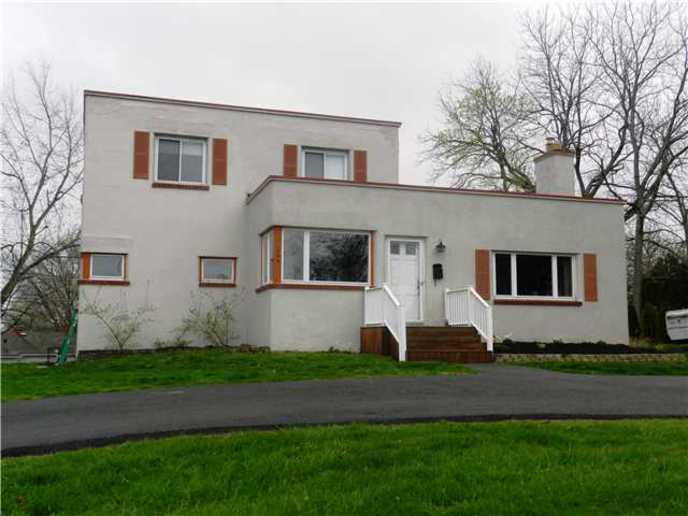Looks like we are in the process of buying a flat roofed stucco sided house on lake Ontario,NY..We love it,"but"Im really concerned about buying this type of house.Inspection will be on Thur.I have always got good advice from the guys on this site in the past.So if anyone has some tips or things I should be concerned about,it would be apprieciated.What I would really like would be is some positive comments about this type of house,if there is any,LOL.Only question I have right now is,what is under that stucco?Is the whole building built of cinder blocks?The basement looks dry,there was cob webs in the sump pump crock.Heated with a boiler,didnt look real new,couldnt find a date on it,but it was rated at 90% eff.Was built in 1948.Electric upgraded to curcuits 150 amp ser.Seen a lot of romex but also some older wiring.Anyways thanks for your input.
Stan

Stan


